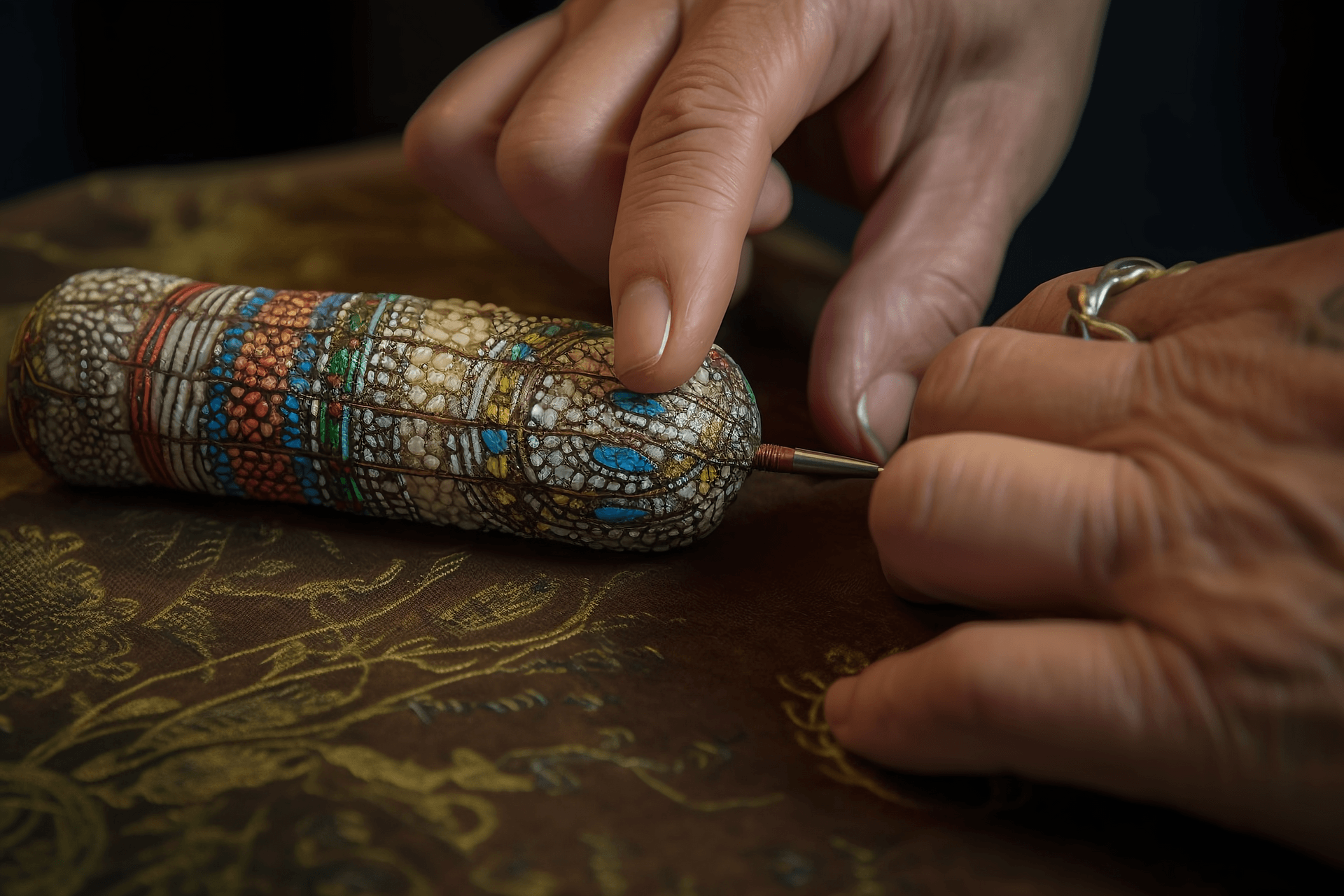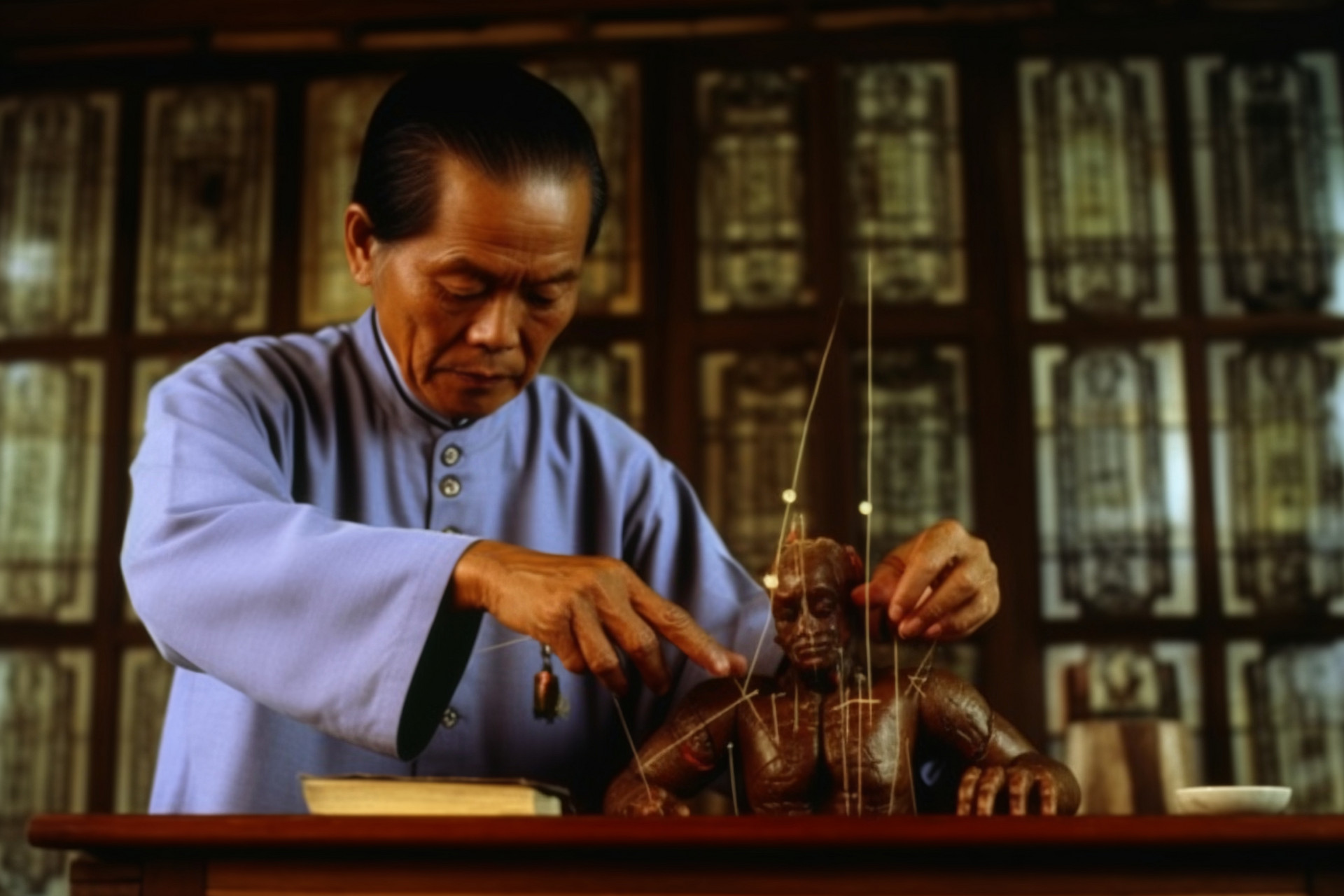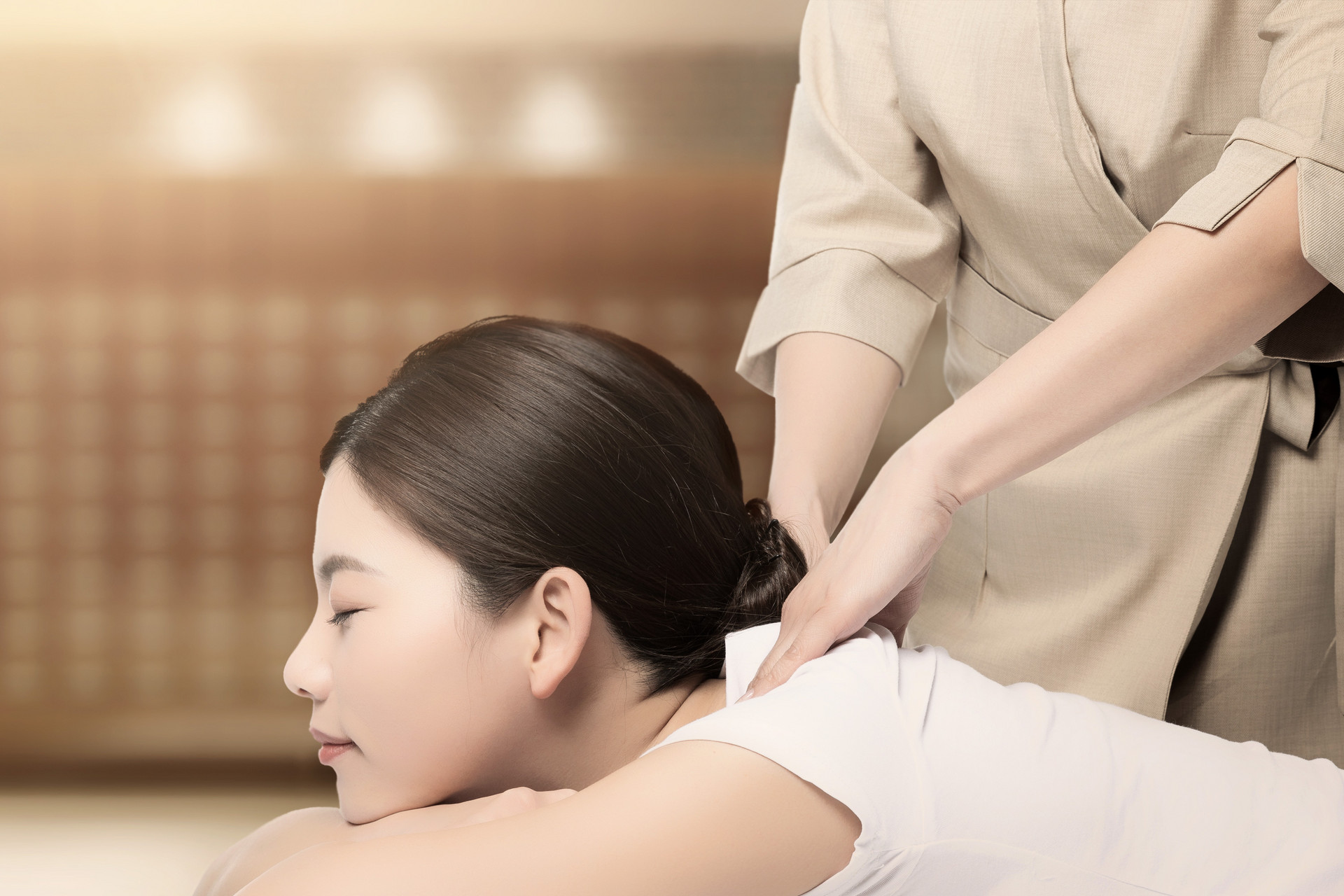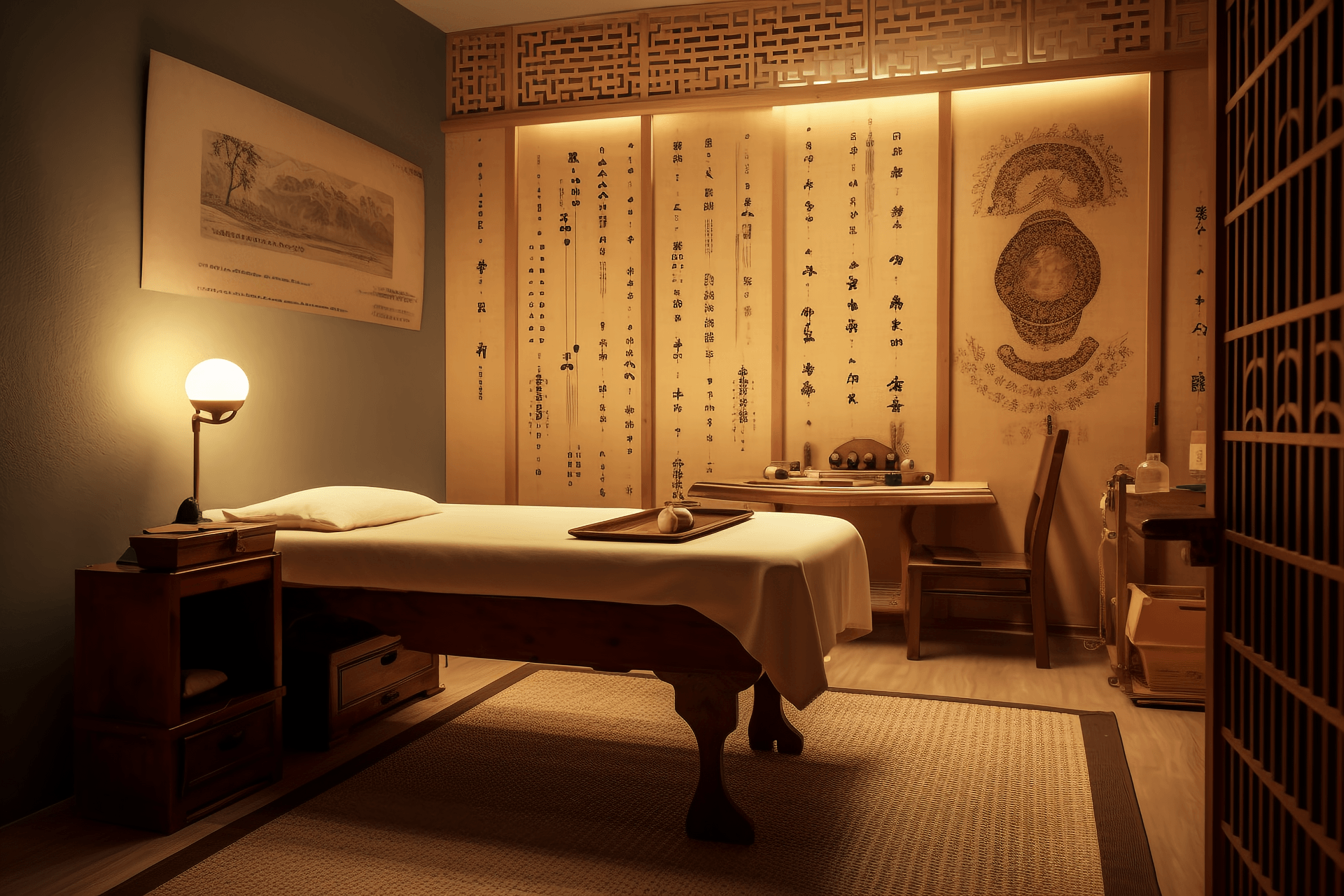Weiguanqi moxibustion is a method of moxibustion that involves using a fine tube to introduce the smoke of moxa into the ear canal. This method is documented in the Tang Dynasty's "Qianjin Yaofang", the Ming Dynasty's "Zhenjiu Dacheng", and the Qing Dynasty's "Zhenjiu Jicheng", and is still in use today.
【Procedure】
1. Making the moxibustion device
There are currently two types of devices used: one is a single-section reed pipe moxibustion device, with a reed pipe diameter of 0.4-0.6cm and a length of 5-6cm. One end of the reed pipe is made into a half duckbill shape, and the other end is sealed with adhesive tape for insertion into the ear canal for moxibustion. The other type is a double-section reed pipe moxibustion device, with a diameter of 0.8-1cm for the moxa section, which is made into a duckbill shape and is 4cm long. The section for insertion into the ear canal is thinner, with a diameter of 0.5-0.6cm and a length of 3cm. This section is inserted into the moxa section and connected to form the moxibustion device, hence its name. The section for insertion into the ear canal is fixed with adhesive tape for moxibustion.
2. Procedure
During moxibustion, a pinch of fine moxa wool the size of a peanut is placed at the half duckbill end of the moxibustion device. It is ignited with an incense stick, and the end of the reed pipe is sealed with adhesive tape and inserted into the ear canal for moxibustion. The ear will feel a warm sensation during moxibustion. After one round of moxibustion, another round is performed, with 3-9 rounds of moxibustion performed each time. Ten rounds constitute one course of treatment.
【Indications】
Peripheral facial paralysis.











